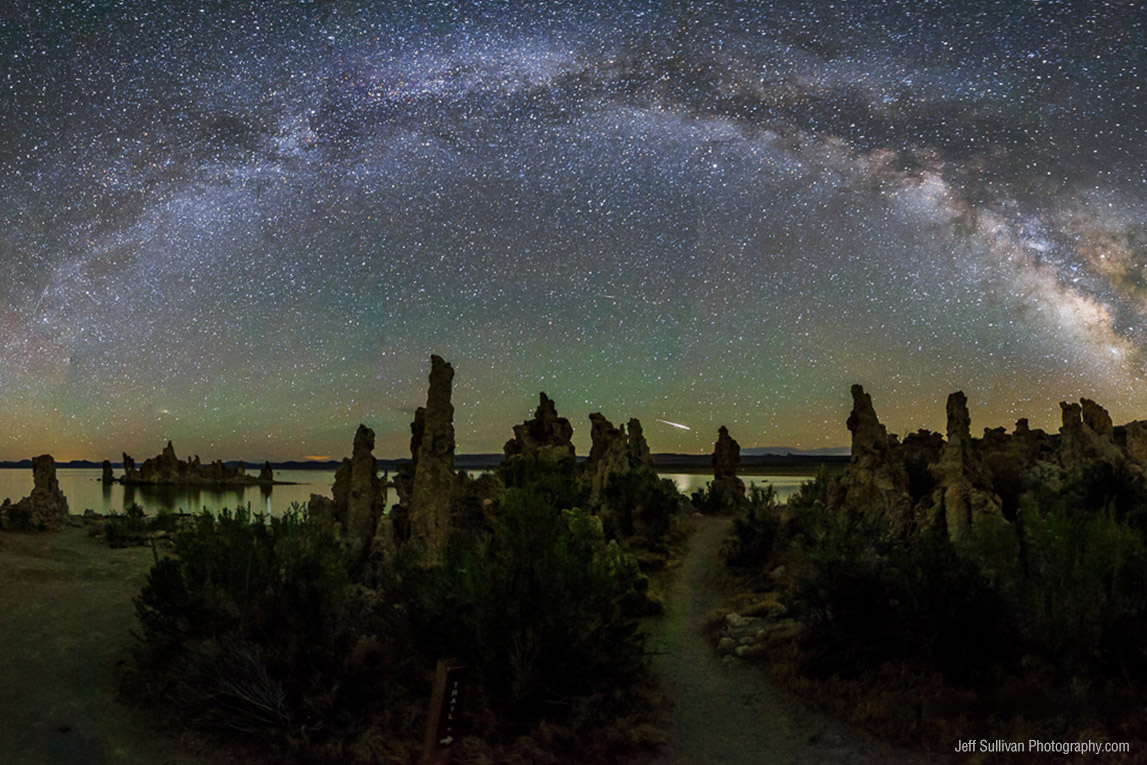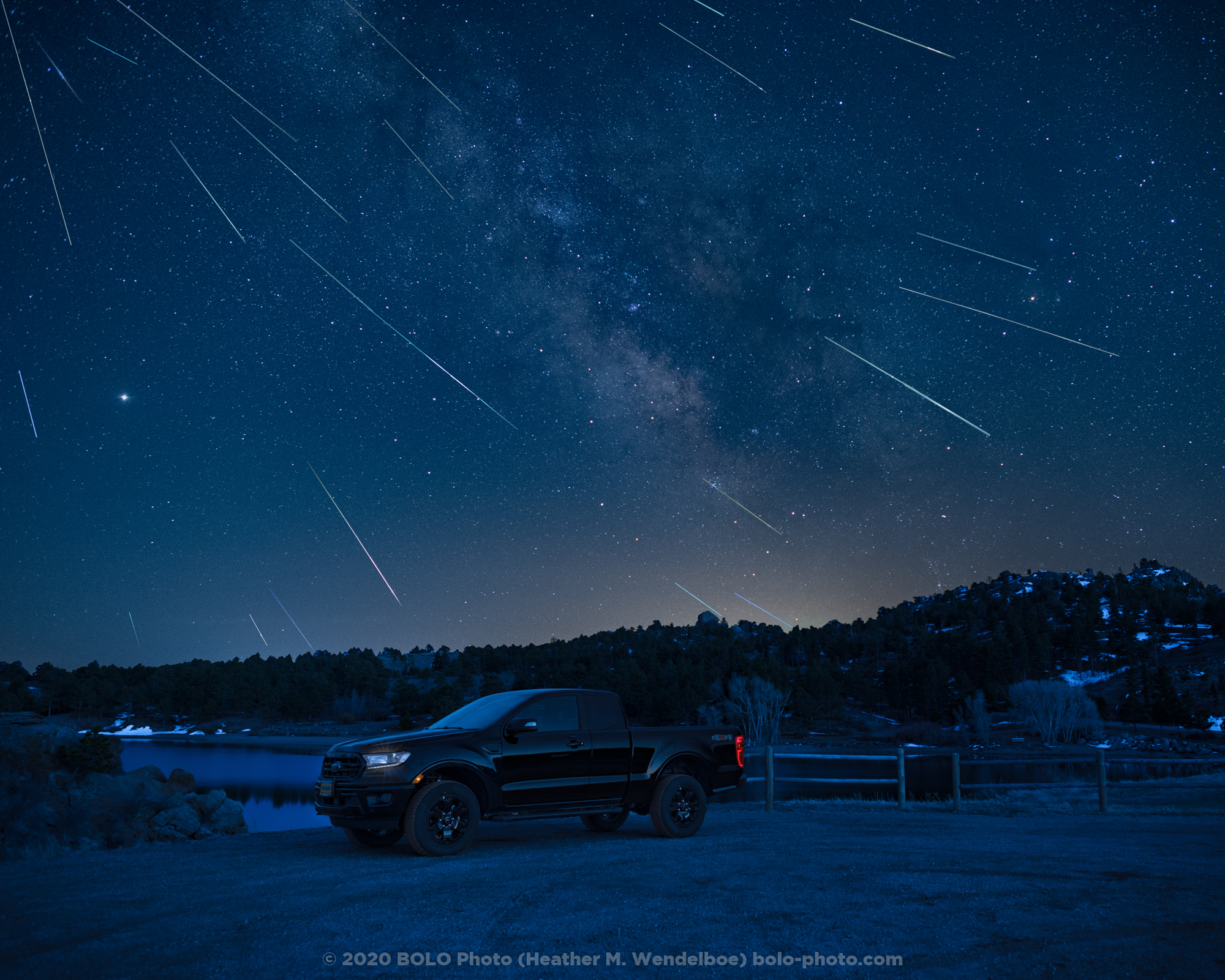
Meteor Activity Outlook for June 13-19, 2020
During this period the moon reaches its last quarter phase on Saturday June 13th. At this time the moon will rise near 02:00 local daylight saving time (LDST) and will remain in the sky the remainder of the morning. This will compromise late morning viewing but successful meteor observations can still be attempted if one keeps the moon out of their field of view. As the week progresses the waning crescent moon will rise later each morning, becoming less of a problem with each passing night.
 American Meteor Society
American Meteor Society



















